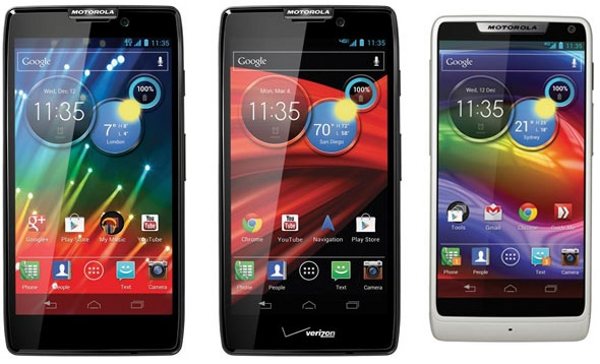Affiliate links on Android Authority may earn us a commission. Learn more.
Incremental device updates: Are they good or bad?

We live in a world in which technology is moving very rapidly. While this can be great in terms of innovation, it can be extremely annoying for consumers. We also live in a world where most smartphone users are locked into multi-year contracts. Why is it that the contracts we are forced to abide by don’t line up with the rate in which new technology is being released?
There has been a new trend forming lately that causes smartphone manufacturers to release incremental updates to their most popular phones. Samsung, for instance started with their popular Galaxy S3 device, and then released the Galaxy S3 Alpha with only one new notable feature. Additionally, HTCreleased the One X, and then followed it by releasing the One X+. On top of all that, Motorola has even introduced several different incarnations of it’s popular Droid Razr device.
While it’s understandable that companies are constantly making adjustments and adding new features to their arsenal, why are these features being released so soon? Any time a company releases a specific feature, other companies feel as though they have to compensate. As a result, we get new brandings of familiar phones just to fill in a minor feature gap. The worst part is that some of these updates come just months after the initial product launch.
Not only is this unfair to consumers who have just purchased the original device, but it also causes confusion within the ecosystem as to which phone is which. If manufacturers choose to do incremental updates like this, then the carriers need to change the ways by which they do things. They need to stop locking customers into lengthy contracts so they don’t have to wait as long to get the latest technology. Additionally, it won’t be a bad idea to make devices a little cheaper to allow a customer to purchase an incrementally-updated phone if they so choose.
For some reason, manufacturers tend to re-brand a device when they introduce it in a new territory. This only adds to the confusion, as we see a flush of devices that look and function exactly the same, but have different names. But what’s odd is that sometimes the same phone will be referred to by a different name depending on which carrier it is on, even if they are in the same territory.
Why can’t manufacturers release a device with one name, across all territories? If the problem is in the difference in cellular technology, then that surely isn’t enough of a difference to justify a new name. Manufacturers should be working hard to create a unified experience no matter which country you’re in or what carrier you’re on.
So what do you think? Do you think manufacturers should release phones that only have a couple new features? Or should they wait and only release phones when they have a major upgrade ready?